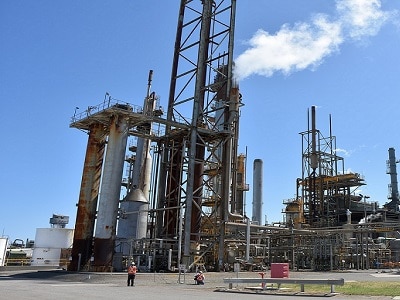Manufacturing Activity in Singapore Shrinks at Slower Pace on June 2018
Singapore manufacturing growth showed a slower pace as factory activity eased on softer demand.
June’s Manufacturing Growth

Reasons for the Slow Growth
From the compiled data by the Singapore Institute of Purchasing and Materials Management (“SIPMM”), June’s reading was due to slower growth in factory output, new orders and new exports, as well as lower inventory levels and employment. The electronics sector posted a June’s PMI reading of 51.9, down 0.4 points, in the sector’s 23rd straight month of expansion. On top of this, electronics imports and input prices also showed slower expansion. Though supplier deliveries and finished goods portrayed signs of faster expansion, the electronics order backlog index remained in contraction.
Having said that, stocks of finished goods saw expansion at a faster pace, with the index hitting 52.9, which is the highest ever since February 2011. Meanwhile, the overall employment and input prices remained marginally higher.
The softer June readings were not an expected figure. There are choppy waters ahead for Singapore’s manufacturing sector and factory activities. Economists believe that it is a telltale sign of weak regional (and global) manufacturing growth due to the on-going global trade war. Though the PMI and electronics saw expansion, experts warned that manufacturing and electronics growth momentum could decelerate into the third quarter.
Singapore is not the only country that saw slowed manufacturing growth. Thailand, Indonesia, and the Philippines are not spared from the regional weak manufacturing growth. All three saw continued but slower expansion while Myanmar’s PMI slipped to neutral. On the other hand, both Vietnam and Malaysia saw faster expansion where Malaysia’s PMI rocketed to a three-month high.
July’s Manufacturing Growth
SIPMM has recently released the country’s PMI where the figure dipped to 52.3 in July. This is down 0.2 points from the previous month’s figure. The electronics industry’s PMI slid from 51.9 to 51.6. The dipped PMI of the electronic sector is marking July the 24th month of consecutive expansion of electronics industry. On top of that, both the manufacturing and electronics sectors’ order backlog gauges showed sustained contraction alongside rising stocks of finished goods. Experts suggest that the PMI readings will continue to dip in the following months.
In an upbeat sign for the wider economy, Singapore’s services sector is gearing up momentum. It is expected to take the lead in the second half of 2018.








